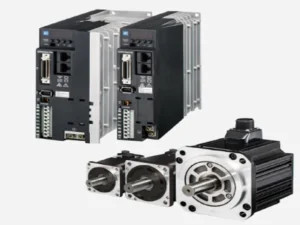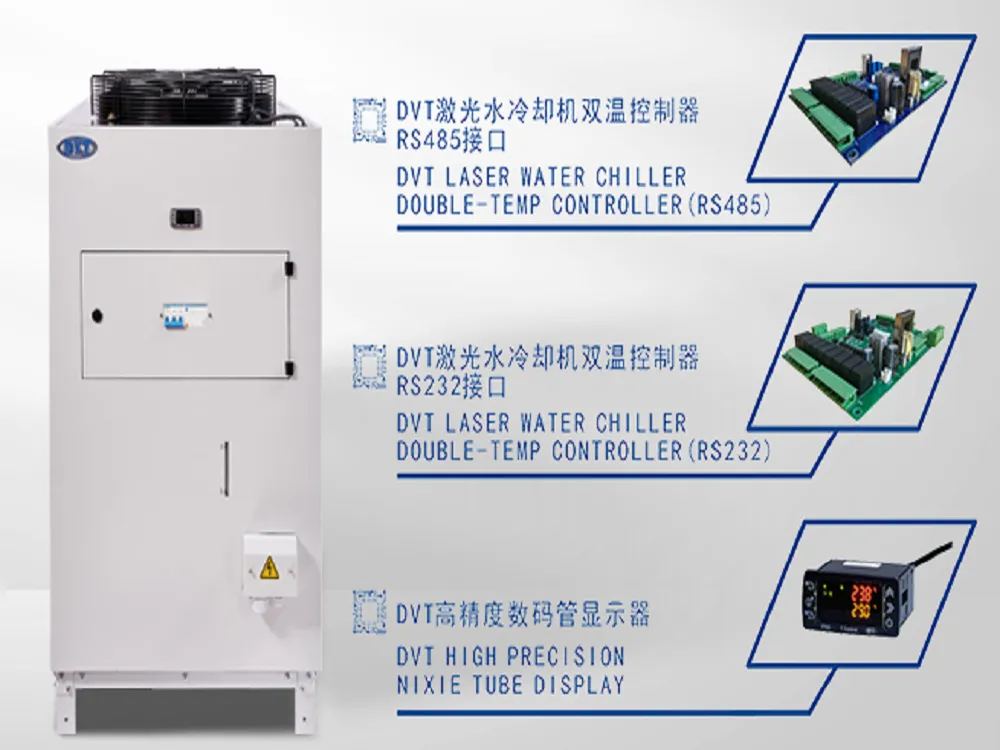Introduction:
Fiber laser cutting machines are an increasingly popular tool in the metalworking industry due to their precision, speed, and versatility. It outputs a high-energy-density laser beam, which is concentrated on the surface of the workpiece so that the area irradiated by the ultra-fine focused spot on the workpiece is instantly melted. Understanding the main components of a fiber laser cutting machine can help users make informed decisions when purchasing or operating this equipment. Let’s briefly introduce the components of the laser cutting machine:
1. Fiber laser:
The laser is the core “power source” of the fiber laser cutting machine. Just like a car engine, it is also an expensive component in a fiber laser cutting machine. At present, there are fiber lasers such as IPG, MAX, and RAYCUS on the market.
2. Motor:
The motor of the fiber laser cutting machine is the core component of the motion system. The performance of the motor directly affects the product processing effect and production efficiency. The motors currently used are servo motors.
Servo motors are used to control the movement of the cutting head along the X, Y, and Z axes. With smooth movement, large load, and stable performance, they provide accurate positioning and fast acceleration and deceleration functions to achieve high-efficiency performance, and their processed products have smooth edges, fast cutting speed, and high prices, suitable for industries and products with high cutting requirements.

3. Fiber laser cutting head:
The fiber laser cutting head is a laser output device consisting of a nozzle, a focusing lens, and a focus tracking system to remove molten metal from the cutting area and reduce heat accumulation. The cutting head of the fiber laser cutting machine will walk according to the set cutting trajectory, but the height of the laser cutting head needs to be adjusted and controlled according to different materials, different thicknesses, and different cutting methods.

4. Laser lens:
Many optical devices contain laser lenses. Different lenses have different functions, such as total reflection lenses, semi-reflection lenses, focusing lenses, etc. The quality of the lens directly affects the output power of the laser and also affects the performance of the entire fiber laser machine.
5. Host workbench:
The main engine of the fiber laser cutting machine includes a bed, a beam, a worktable, and a Z-axis system. When cutting, the fiber laser cutting machine first places the workpiece on the bed, and then uses the servo motor to drive the beam to control the movement of the Z axis. Users can adjust the parameters according to their needs.
6. Aviation Cast Aluminum Beam:
The machine adopts an aviation-cast aluminum beam, which is manufactured according to aerospace standards and extruded with 4300 tons of pressure. The beam is processed by T6 heat treatment which can make the beam obtain the highest strength and strong deformation resistance.
7. Water chiller:
The chiller is the cooling device of the fiber laser cutting machine, which can quickly and efficiently cool down lasers, cutting heads, and other equipment. The current chillers are equipped with input and output control device switches, advanced cooling water flow, high and low-temperature alarms, and other functions, and the performance is more stable.

8. CNC fiber laser cutting system:
Computer Numerical Control (CNC) systems are the dominant operating system for fiber laser cutting machines. It mainly controls the movement of the machine tool to realize the X, Y, and Z axes. It also controls the output power of the laser. Its quality determines the stability of the fiber laser cutting machine’s operating performance.
